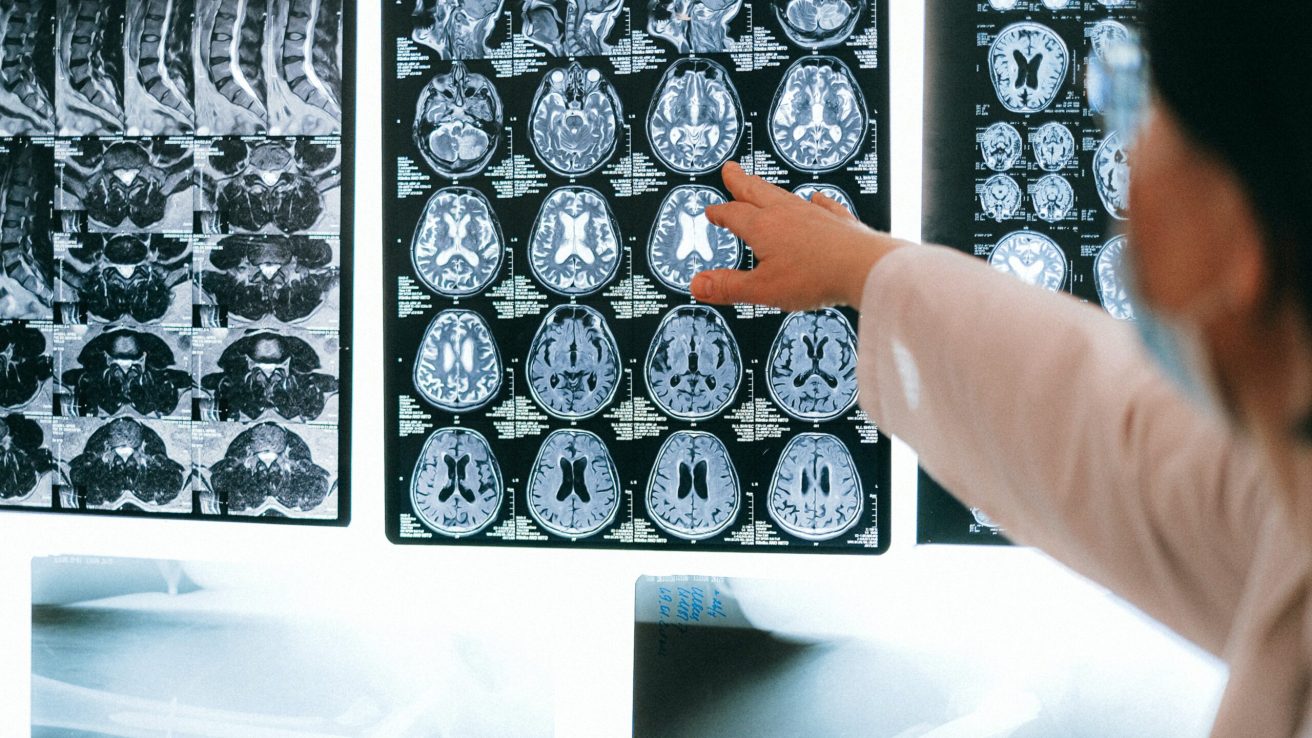Using resting-state fMRI results and metrics to diagnose ADHD on the basis of neural biomarkers is shown to be superior to many other neuroimaging-based approaches, while still having potential for improved accuracy in the future.
Attention deficit hyperactivity disorder (ADHD) tends to be diagnosed and evaluated using behavior-based means and assessments. Although these are generally useful, they are also subjective and time-consuming. Little is currently known about the association between biomarkers in the brain, such as brain functional connectivity, and ADHD diagnosis. In order to bridge this gap, the approach in the past has tended to use machine learning models and MRI data to attempt to diagnose ADHD through automated means and identify aberrant neuroimaging biomarkers. This study, published in Translational Psychiatry, proposes an automated ADHD classification framework that relies on resting-state functional magnetic resonance imaging (rsfMRI).
Resting-State fMRI Results Allow for Detailed Data Processing
RsfMRI results have the benefit of offering very-high-resolution, and thereby provide detailed information about brain functional connectivities for the study of psychiatric diseases. Resting-state fMRI can reveal ongoing neural and metabolic activities without reference to an explicit task. This can allow researchers to study functional regions and networks of the brain, along with their temporal associations. This study relied on a novel algorithmic approach to rsfMRI data, which was gathered from the Adolescent Brain and Cognitive Development (ABCD) Study dataset.
The data processing method used in this study relied on extracting the voxel-wise measures and ROI-wise time series from brain regions of rsfMRI following preprocessing. Pearson’s correlation-derived functional connectivities were computed, including the topographical information-based high-order functional connectivities, sparse representation-derived functional connectivities, and other metrics. These measures were then combined with a multiple-kernel learning model for ADHD classification.
Diagnosing ADHD Based on rsfMRI Results Is Accurate, But Has Room to Grow
Functional connectivities of dynamics-based high-order functional connectivities and sparse low-rank performed better than others. Combining multiple measures resulted in the most accurate classification performance and a level that was better than those from single measures and previous studies. Aberrant neuroimaging biomarkers with significant discriminative power in identifying ADHD patients based on fMRI-derived measures were identified.
The authors note two limitations of the study. The first was not using deep learning models capable of automatically extracting high-level and compact feature representations, although this modification is intended to be introduced in a future study. Additionally, the authors performed a binary classification of patients and controls, while neglecting ADHD subtypes.
Source:
Wang, Z., Zhou, X., Gui, Y., Liu, M., & Lu, H. (2023). Multiple measurement analysis of resting-state fMRI for ADHD classification in adolescent brain from the ABCD study. Transl Psychiatry, 13(1), 45. https://doi.org/10.1038/s41398-023-02309-5










